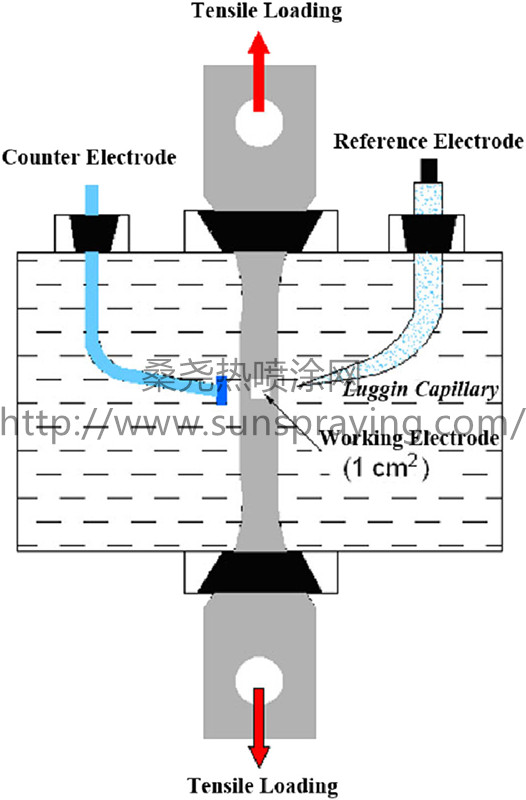In comparison to crystalline alloys, some amorphous alloys exhibit superior physical, chemical and mechanical properties, which have caused widespread interest. From the perspective of atomic
structure, the difference in atomic size results in a denser stacking structure in the supercooled liquid, which increases the resistance of atomic rearrangement and inhibits the diffusion of atoms to generate amorphous alloys. From the viewpoint of thermodynamics, the high liquid-solid interface energy enhances atomic diffusion activation energy, which improves the thermal stability of supercooled liquids to form amorphous alloys. From the kinetic factors, the lower nucleation rate inhibits the crystallization, which is beneficial to the formation of amorphous alloys. Turnbull and Duwez have revealed that amorphous alloys are formed by fast cooled liquid. Other conventional amorphous alloys preparation methods include rapid solidification methods, such as single roll quenching and gas atomization. Moreover, mechanical alloying and powder consolidation techniques were employed to prepare amorphous alloys. Compared with crystalline
alloys, amorphous alloys exhibit an unbalanced metastable state and thus disordered atomic arrangement, resulting in a higher system free energy. As a result of these characteristics, amorphous alloys possess high hardness (above 1000 HV) and excellent wear and corrosion resistance. Eckert obtained Ti-based amorphous alloys with>14% ductility by adding high-melting elements such as Nb, Ta, Mo and Zr. However, owing to kinetics factors, amorphous alloys will gradually turn into a crystalline state under elevated temperature conditions. Meanwhile, the superior properties of the materials also disappear. Meanwhile, the superior properties of the materials also disappear. Therefore it is particularly important to control the degree of crystallization effectively. At present, the Fe-based amorphous alloys have been one of the most promising amorphous systems, mainly used in industrial production and application. So far, the research on Fe-based bulk amorphous alloys has focused on some alloy systems illustrated in Table. In 1995, Inoue et al. prepared FeAlGaPCB bulk metallic glass (BMG), whose thickness was only 1 mm. Poon significantly enhanced the BMG forming ability of the FeCrMoCB alloy after doping with rare earth elements Y and Ln. In addition, due to the presence of metal bonds in Fe-based amorphous alloys, the fracture strength of FeNbB bulk amorphous alloys reaches 4.85 GPa, which is much higher than that of super crystalline steel of 2.9 GPa and other bulk amorphous alloys. In another research, Inoue developed highstrength FeCoBSiNb bulk metallic glass with a compressive strength of over 4 GPa and a plastic strain of only 0.25%. Compared with conventional steel, the atomic arrangement of Fe-based amorphous alloys shows a long-range disorder and a short-range structured order. Therefore, Fe-based amorphous alloys show superior corrosion resistance to that of crystalline materials owing to the lack of grain boundary, dislocations, or interfacial defects. In particular, high strength and outstanding wear resistance are achieved deriving from the long-range disordered structure. For example, Fe-based amorphous alloy exhibits significantly higher fretting wear resistance than tool steel at a temperature below 573 K. Furthermore, Inoue reported that Fe60Co8Zr10Mo5W2B15 exhibited no weight loss after soaking for 3600 s in aqua regia at 298 K. When compared to 316 L stainless steel, Fe-based amorphous alloys exhibit a higher pitting potential and more stable passivation performance. Nevertheless, to prepare Fe-based amorphous alloys, an ultrahigh cooling rate is required. However, it is rather difficult to prepare large sized bulk Fe-based amorphous alloys owing to the brittleness of the materials and process limitation for achieving high cooling rates. Likewise, small sizes of Febased amorphous alloys, i.e., in forms of thin strips, powders, rods, etc. restrict applications of the materials. Thermal sprayed Fe-based amorphous coatings exhibit excellent wear and corrosion resistance, and thus have been widely utilized for enhancing the performance of material surfaces. In this paper, important research progresses achieved in regards to deposition technologies and properties of thermal sprayed Fe-based amorphous coatings are reviewed. In particular, the dependence of wear and corrosion resistance of the coatings on processing parameters, e.g., kinetic energy, particle size, gas flow rate, and heat treatment temperature are summarized. Moreover, the utilization of reinforced phases and alloy elements for enhancing the wear and corrosion resistance of the coatings are presented. It is expected that future endeavors will be dedicated to the formation mechanism of amorphous phase and “processing parameter-microstructure-macroscopic property” relationship of Fe-based amorphous coatings.

本文由桑尧热喷涂网收集整理。本站文章未经允许不得转载;如欲转载请注明出处,北京桑尧科技开发有限公司网址:http://www.sunspraying.com/
|

